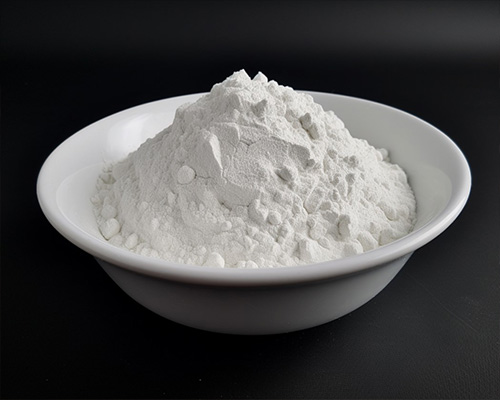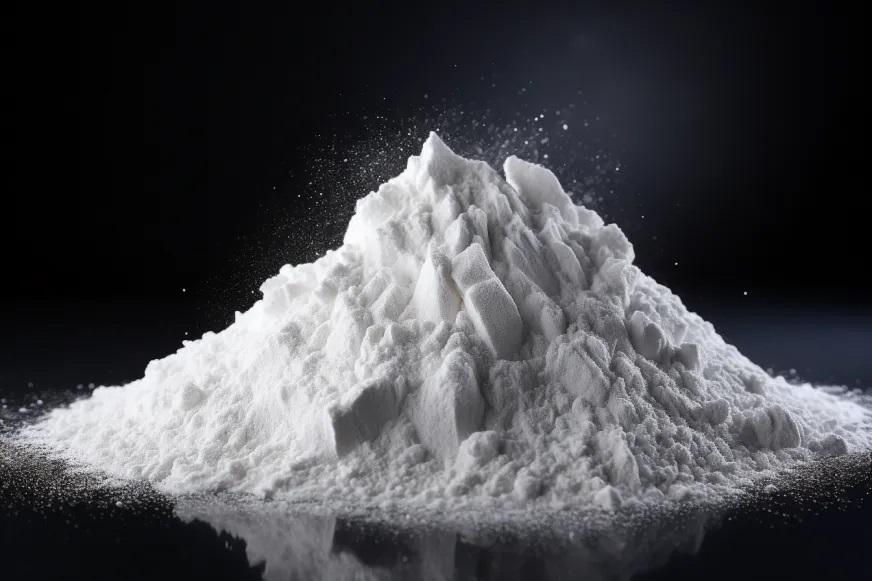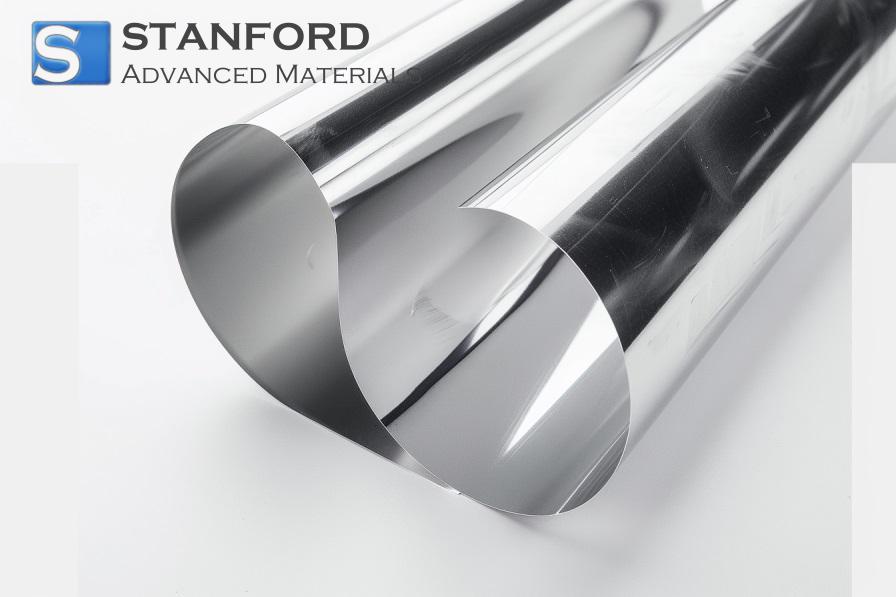What Is Yttrium Oxide Used For?
Yttrium Oxide (Y2O3) provides documented evidence of the progression in materials science. Initially examined for insulating coatings, the material’s applications have expanded into several practical sectors. An evaluation of Yttrium Oxide reveals its historical function and its present role in advanced technological settings.

Historical Perspective
The discovery of Yttrium Oxide occurred alongside CaO, MgO and BN. It was recorded for its stability at temperatures up to approximately 2 200°C. Early applications included use in insulators, glass, electrically conductive ceramics, fire-resistant materials and pigments. Its capacity to withstand high thermal conditions justified its inclusion in various industrial processes.
Current Research and Development
Yttrium Oxide is currently under detailed investigation by both researchers and industry professionals. Recent studies have quantified its adaptability, particularly in nuclear engineering and applications requiring precise temperature control; for instance, in high-temperature superconductors.
Global Impact and Market Trends
Yttrium Oxide holds considerable international significance. In the global market, Y2O3 affects trade flows and sectoral demand. Quantitative data and case studies indicate its efficient use in several sectors, affirming its status as a material of industrial importance.
Environmental Aspects
Given the current focus on environmental accountability, the sustainability, recyclability and adherence to environmental standards of Yttrium Oxide are under review. Its controlled utilisation complies with the prevailing guidelines in materials engineering.

Case Studies
Several case studies have quantitatively assessed the impact of Yttrium Oxide in specific applications. Notable examples include the following:
High-Temperature Stability in Nuclear Engineering:
- Case Study: Yttrium Oxide is utilised as a coating for graphite in nuclear reactors. Data indicate that its application contributes to the extended service life of reactor components.
Ceramic Multilayer Capacitors:
- Case Study: When used as a dopant in ceramic multilayer capacitors, Yttrium Oxide lowers the Curie temperature of the barium titanate substrate, thereby yielding improvements in capacitor performance and reliability.
High-Temperature Superconductors:
- Case Study: Yttrium Oxide is employed as a precursor in the manufacturing of high-temperature superconductors, thereby contributing to the defined functional properties of the material.
Red Luminophores for CRT Monitors:
- Case Study: The incorporation of Yttrium Oxide in red luminophores for CRT monitors has been documented in performance evaluations.
Optical Coatings and Semiconductor Production:
- Case Study: Investigations have examined how Yttrium Oxide contributes to the operational characteristics of optical coatings and semiconductor production equipment.
Future Prospects
The potential applications of Yttrium Oxide remain extensive. Ongoing research is expected to quantify its benefits across existing and emerging industrial applications; for example, some studies have recorded measurable improvements in efficiency when Y2O3 is implemented.
Conclusion
In conclusion, Yttrium Oxide has progressed from an experimental insulator candidate to a material with verified usage in numerous scientific and industrial contexts. Its historical record, current data and forthcoming investigations detail its evolution. Stanford Advanced Materials continues to pursue further research into Yttrium Oxide, thereby contributing to the ongoing evaluation of its applications for future technological developments.

 Bars
Bars
 Beads & Spheres
Beads & Spheres
 Bolts & Nuts
Bolts & Nuts
 Crucibles
Crucibles
 Discs
Discs
 Fibers & Fabrics
Fibers & Fabrics
 Films
Films
 Flake
Flake
 Foams
Foams
 Foil
Foil
 Granules
Granules
 Honeycombs
Honeycombs
 Ink
Ink
 Laminate
Laminate
 Lumps
Lumps
 Meshes
Meshes
 Metallised Film
Metallised Film
 Plate
Plate
 Powders
Powders
 Rod
Rod
 Sheets
Sheets
 Single Crystals
Single Crystals
 Sputtering Target
Sputtering Target
 Tubes
Tubes
 Washer
Washer
 Wires
Wires
 Converters & Calculators
Converters & Calculators
 Write for Us
Write for Us



 Chin Trento
Chin Trento



